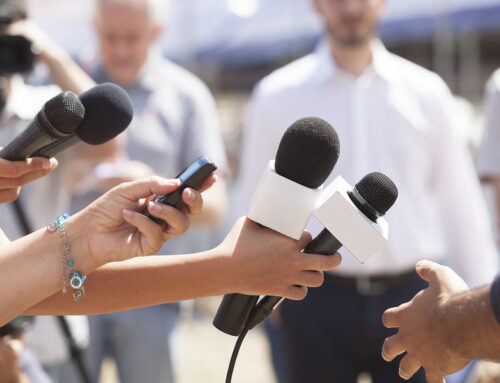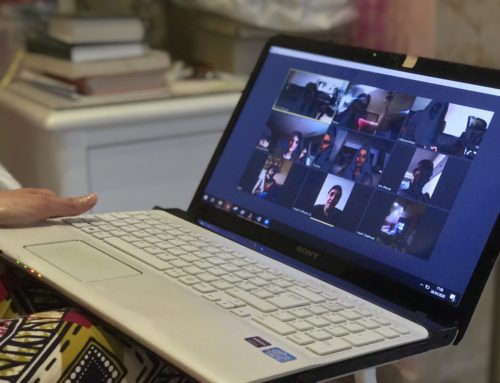During the wee hours of the morning of April 8th, I received a call from Tom Harrison, director of the award-winning North Carolina Black Bear Festival and Bear-ology Museum.
Tom and I met a few months earlier at my G.R.E.A.T. media relations presentation for NC ShowFest. He asked for some advice as to how his small festival, in a small town, in a remote part of the state, could earn more news coverage.
As a follow-up to some recommendations about making the festival more newsworthy, Tom called to tell me about a newsjacking opportunity. Sadly another large black bear had been killed in a vehicle collision. He had asked law enforcement to give him a call next time it happened and was on the way to the scene.
He wanted advice about “newsjacking” and what to do in light of this tragic situation.
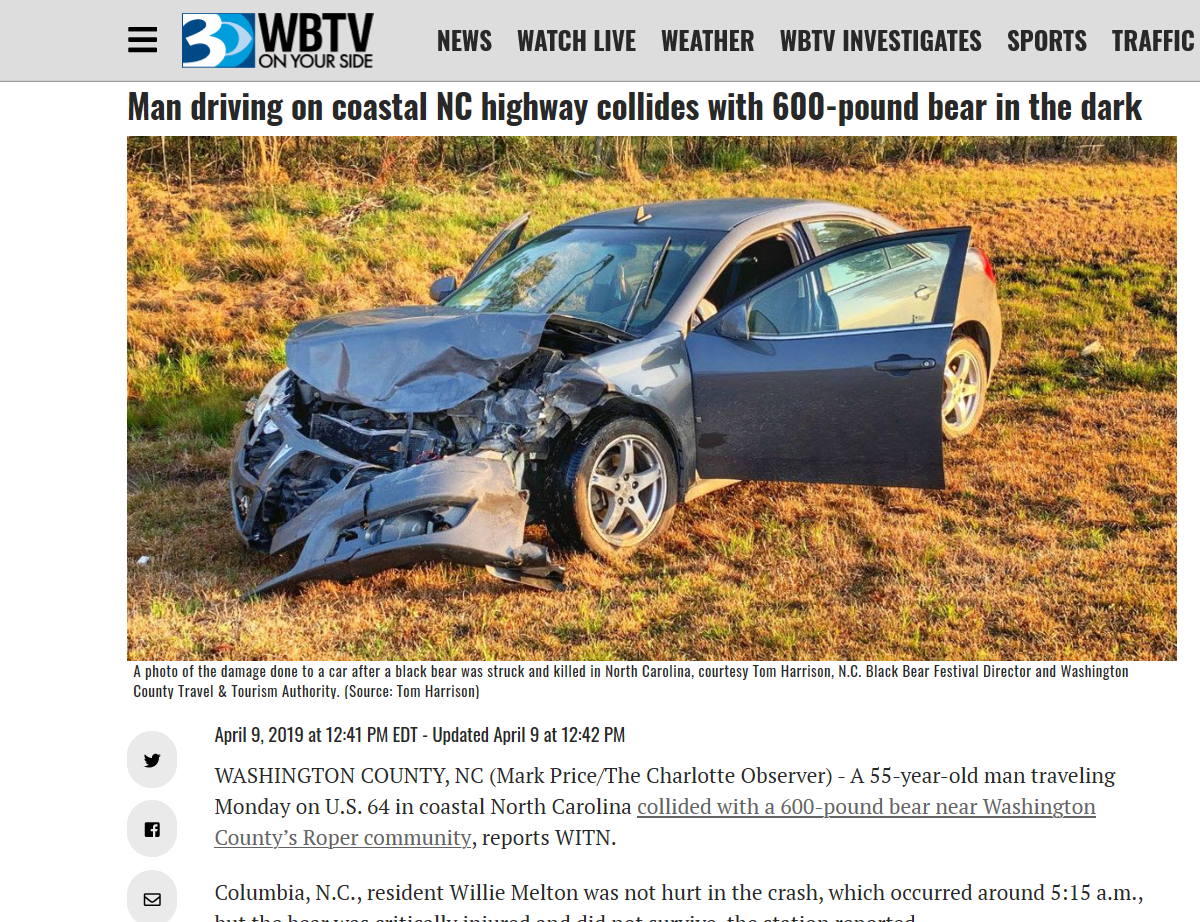
Let’s back up…for those of you who haven’t stumbled across the word in previous posts, the term “newsjacking” or “the process of leveraging trending news to elevate your brand’s message,” was coined by marketing master David Meerman Scott in 2011. In his words, “Newsjacking is the art and science of injecting your ideas into a breaking news story so you and your ideas get noticed.”
In our book, Modern Media Relations for Nonprofits: Creating an Effective PR Strategy for Today’s World, Peter Panepento and I talk about how nonprofits have used the strategy of embracing good, bad and ugly news to elevate their messaging with the media.
Tom’s scenario of newsjacking is slightly different from our original definition though.
Bear collisions were on the rise but not trending in the media before Tom’s photo of the dead bear went viral with over 400,000 views in 24 hours and a total of 3,003 shares.
This might seem like a morbid photo if you didn’t know that Tom’s concerns stemmed from the growing number of black bear fatalities and collisions on Eastern North Carolina highways.
Before his post, this growing problem had been underreported. In 1972 there were two bears killed on NC highways. In 2017, there were 277 and 209 in 2017. This wasn’t just about promotion as Tom pointed to the festival’s mission to: “Celebrate the fact that Eastern North Carolina has the world’s largest black bears and the highest black bear densities; and to educate people about these magnificent animals.”
Tom saw this as an opportunity to warn drivers and share safety advice on behalf of the museum and festival. The festival offered the media informative interviews with Tom and a wildlife biologist (board member).
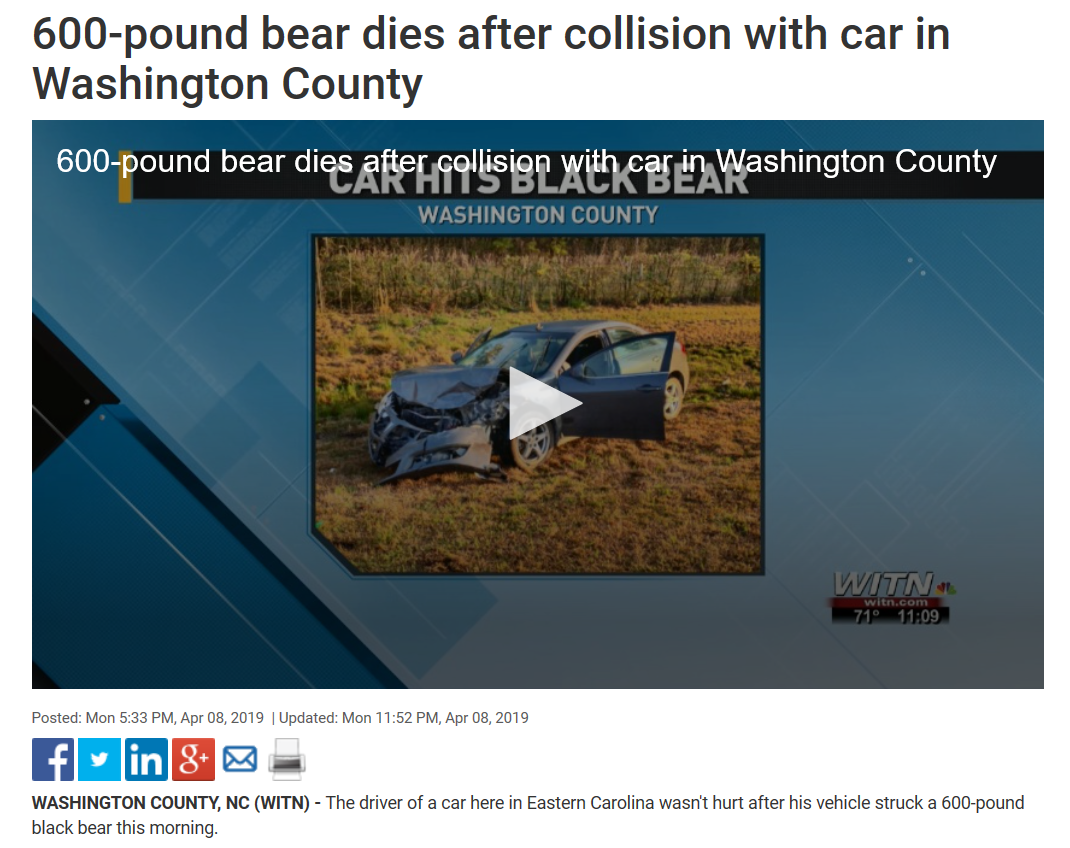
This was my “Newsjacking” advice to Tom that morning:
Be Timely: News has a fragile life-cycle. Those of us in the business call the 24-hour news cycle “Feeding the Beast.” Newer is better, unique angles are the best, and stories grow old in a hurry. Ask yourself, “Why should people care about this story, TODAY?”
Be sensitive. Most “hot topics” in the media come with heated opinions, long-held beliefs and perspectives. Tom knew that posting a photo of the dead bear was risky – but real. The photo of the bear went viral on Facebook. Tom also gave other photo options (like the car pictured above).
This tragedy resonated with those who love the bears and drivers alike. It provided an opportunity for people to learn about driving safely during bear mating season. He didn’t get a lot of push back about the photo but inevitably, when you are talking about a hot topic…someone will be bothered. You will need to tread lightly. Check in with leadership before posting and run the idea by someone (preferably someone knowledgeable about the topic for help with messaging).
Be knowledgeable. Tom spent time studying the rising black bear collision crisis and was ready to offer statistics, experts and tips for drivers when tragedy struck. Breaking news moves quickly so try to set goals and prepare yourself for the next time something newsworthy happens in the media.
If you don’t understand enough about the topic…don’t move forward. Sometimes companies rush to join news trends without fully understanding the conversation.
Remember when DiGiorno tried to newsjack on the hashtag #Metoo Movement before doing their research.
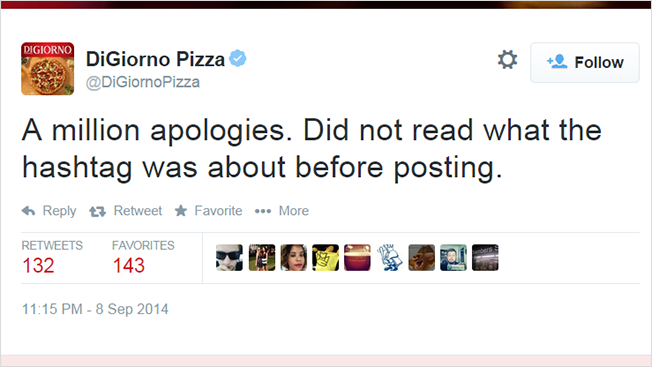
Be tactful: You want to be more than Clickbait
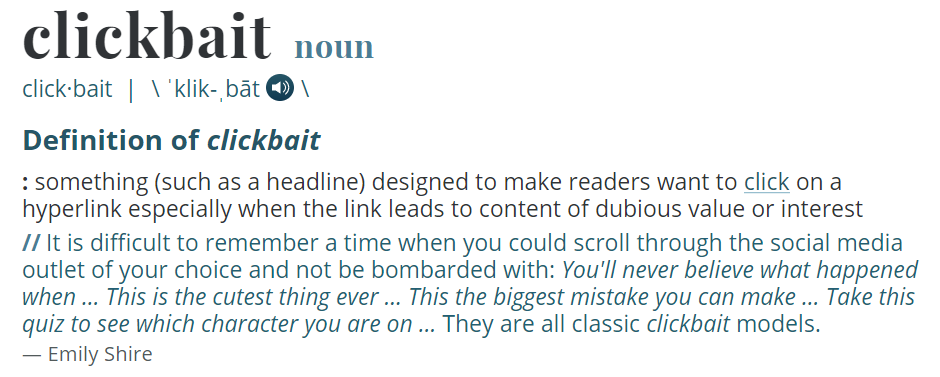
When you are talking about newsjacking, bad or good news, make sure it passes the three-question test:
Does it inform?
Is it accurate?
Is it honest?
Tom followed the advice Peter Panepento and I developed while creating the book Modern Media Relations and it worked! The Black Bear Festival received coverage from across the state and country. Overnight, Tom was identified as a thought leader and expert. More than a dozen media outlets (many said they had never heard of the museum or festival) contacted Tom for interviews and photo permissions.
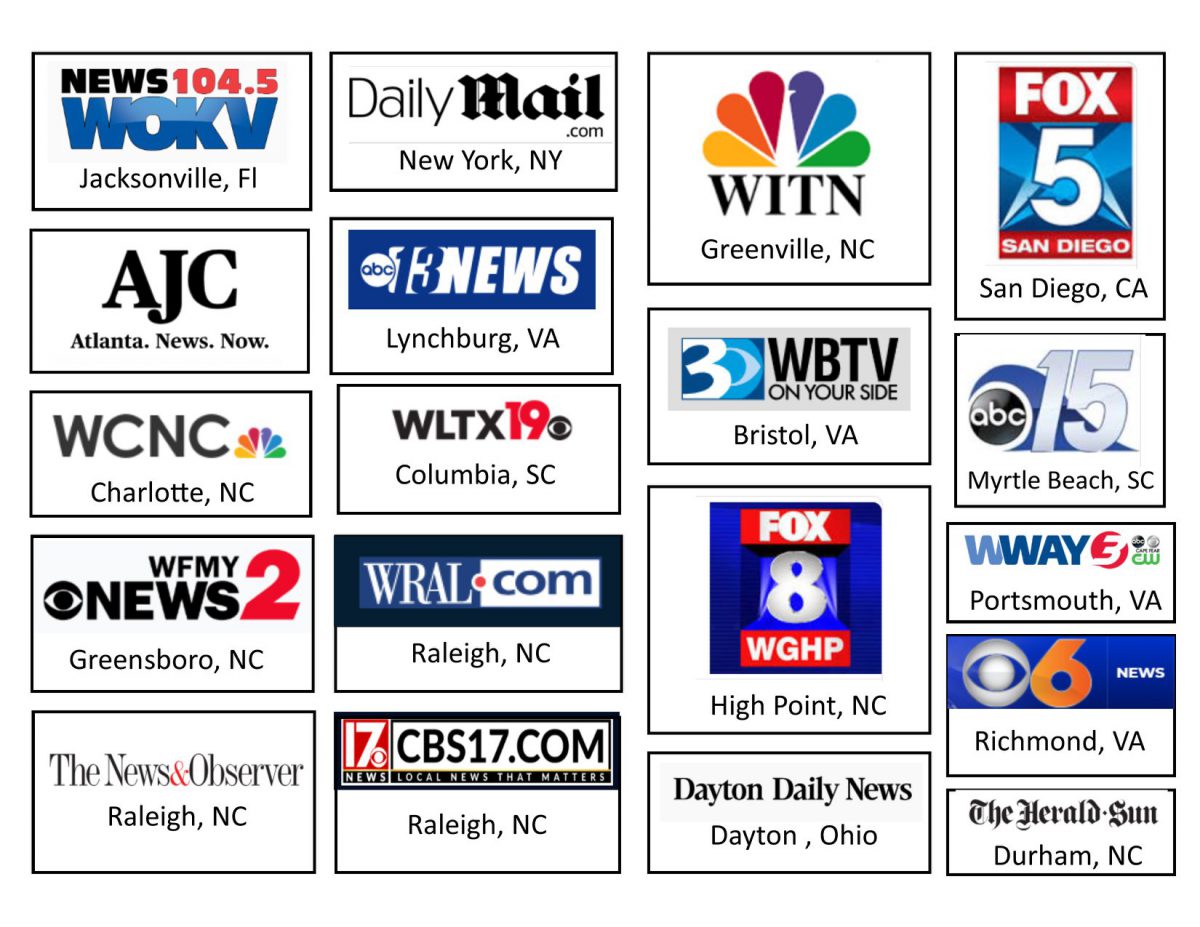
Newsjacking (although it can be tricky) is a useful tool to generate tons of media coverage and social media engagement.
What opportunities can utilize to insert yourself in breaking news? If you have relevant examples of newsjacking good, bad, ugly, send them my way!

